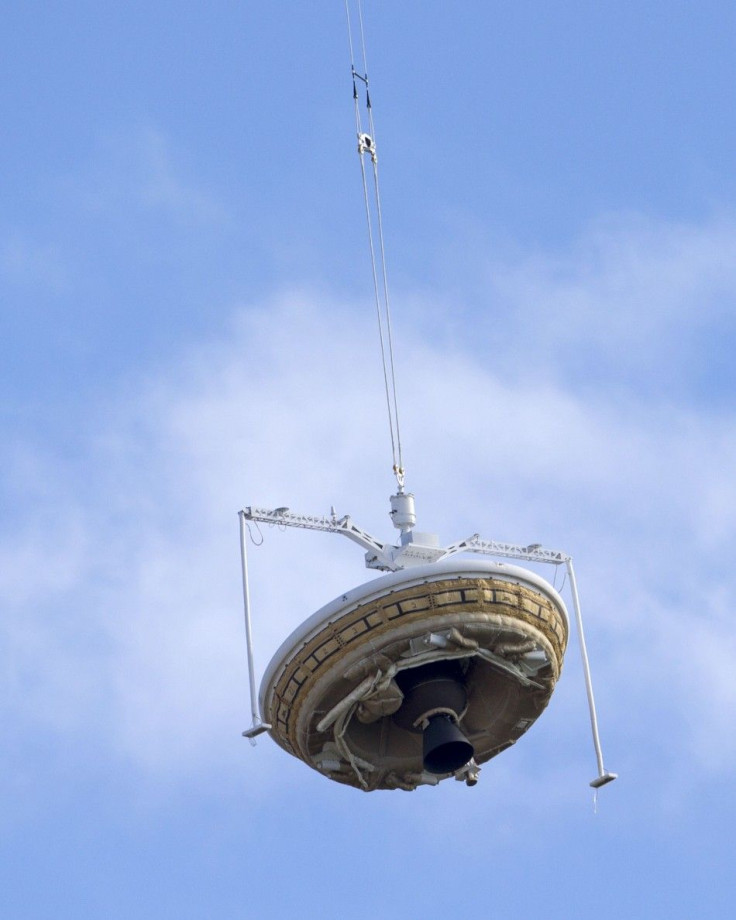Aussie UFO Enthusiasts Reached 34,000 in Numbers; 6th in World Ranking

Australia has 34,000 UFO volunteering for the California-based SETI (Search for Extraterrestrial Intelligence) Institute's SETI@home project.
According to the institute's ranking, the country ranks number 6 with the most number of UFO volunteers. This placed Australians next to the Japanese and ahead of the French in terms of UFO hunters.
Most of these 34,000 Aussies had been involved in UFO projects with SETI, Dr David Anderson, director of SETI@Home with Berkeley University, said. Their dedication had them consumed 85 million computer hours per year.
One of these volunteers is Simon Wong from Sydney.
Wong had contributed 1.4 million computational hours yearly and ranked 11th in SETI's individual ranking.
"I do have multiple systems involved, including desktops, laptops, plus systems I've put together for my brother who's happy to contribute to SETI@Home under my name. I don't mind that I seem to be getting higher in the contribution rankings," Wong told News.com.au.
Wong shared that he strongly believes that there is life outside Earth. His belief had motivated him to dedicate his time and education to the SETI@home project with Berkeley University in particular.
"I'm primarily interested in helping this Berkeley-driven project from a software engineering or scientific point of view. How can we best process this mass of radio signal data efficiently and cost-effectively?" Wong said.
While some of the Australian universities are also pursuing UFO researches, Anderson said that Aussies volunteer for SETI for the thrill of international competitiveness.
"The competitiveness is much more prevalent overseas, especially in the US, where computer hardware is cheaper and electricity rates are low. There are people who build computers specifically for maximise their processing potential for SETI@Home," Mr Wong said.
"It would certainly be an interesting time if strong evidence for extraterrestrial intelligence was discovered through the SETI@Home project. And it would be a great honour if it was one of my computers that helped contribute to that!" Wong added.
Seti@home is a scientific area that aims to detect intelligent life outside Earth through different scientific approaches.
"One approach, known as radio SETI, uses radio telescopes to listen for narrow-bandwidth radio signals from space. Such signals are not known to occur naturally, so a detection would provide evidence of extraterrestrial technology," according to the project's web site.
BOINC@Australia, the country's largest contributing team to SETI, is contributing 12.4 million computer hours to SETI yearly. However, the team, being led by Giles Averay-Jones, is facing difficulty due to high electricity costs.
"As a team we are at a disadvantage when it comes to electricity charges. The cost is impacting a lot of the team and is a regular topic," Mr Averay-Jones said.
However, the team remained as highly motivated as ever.




















